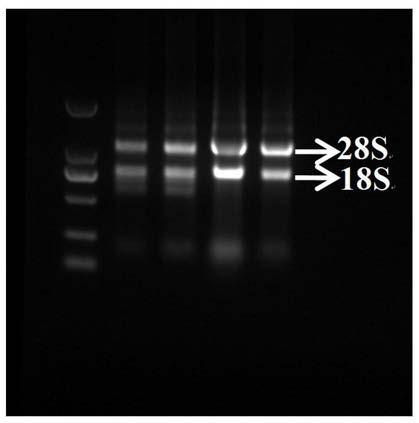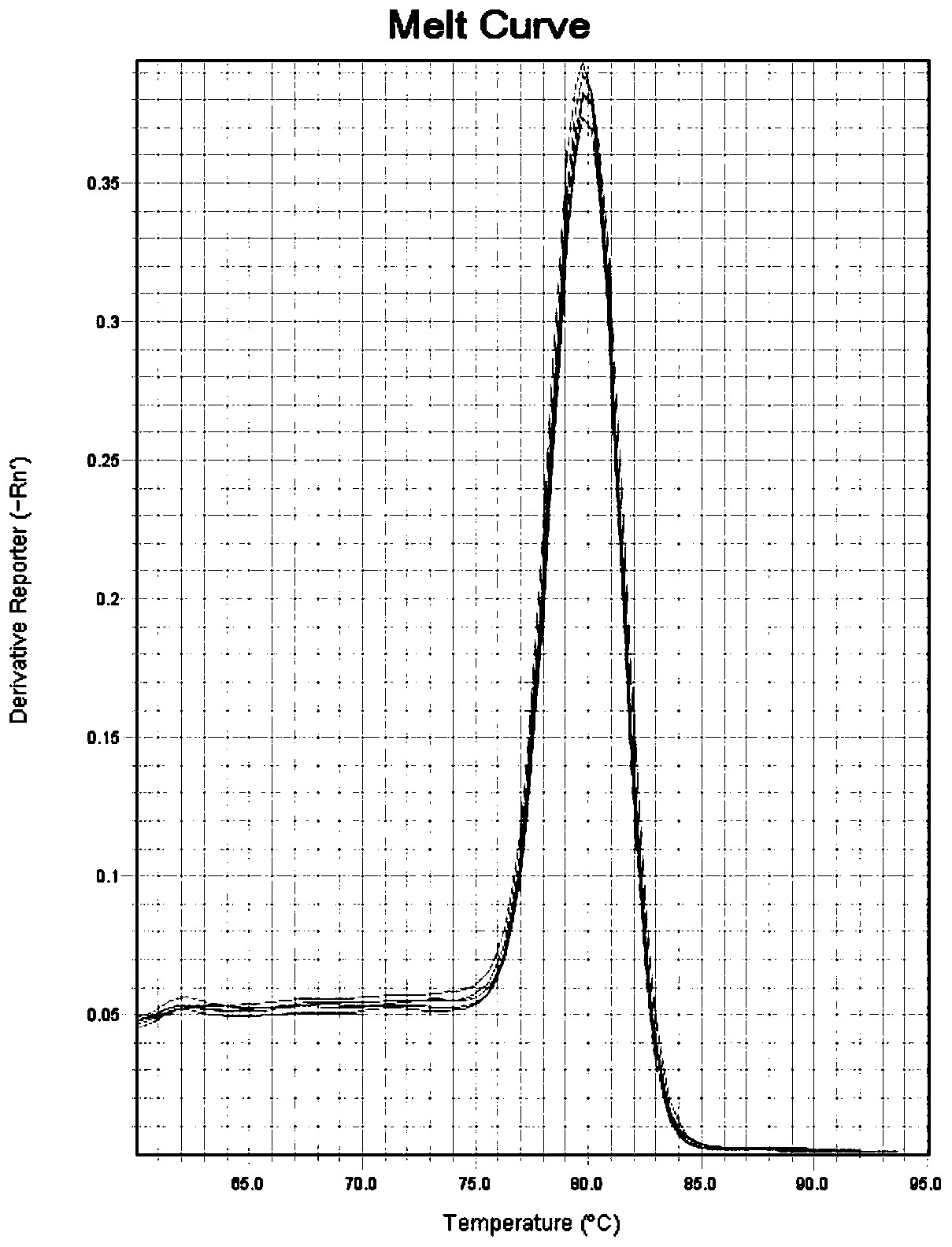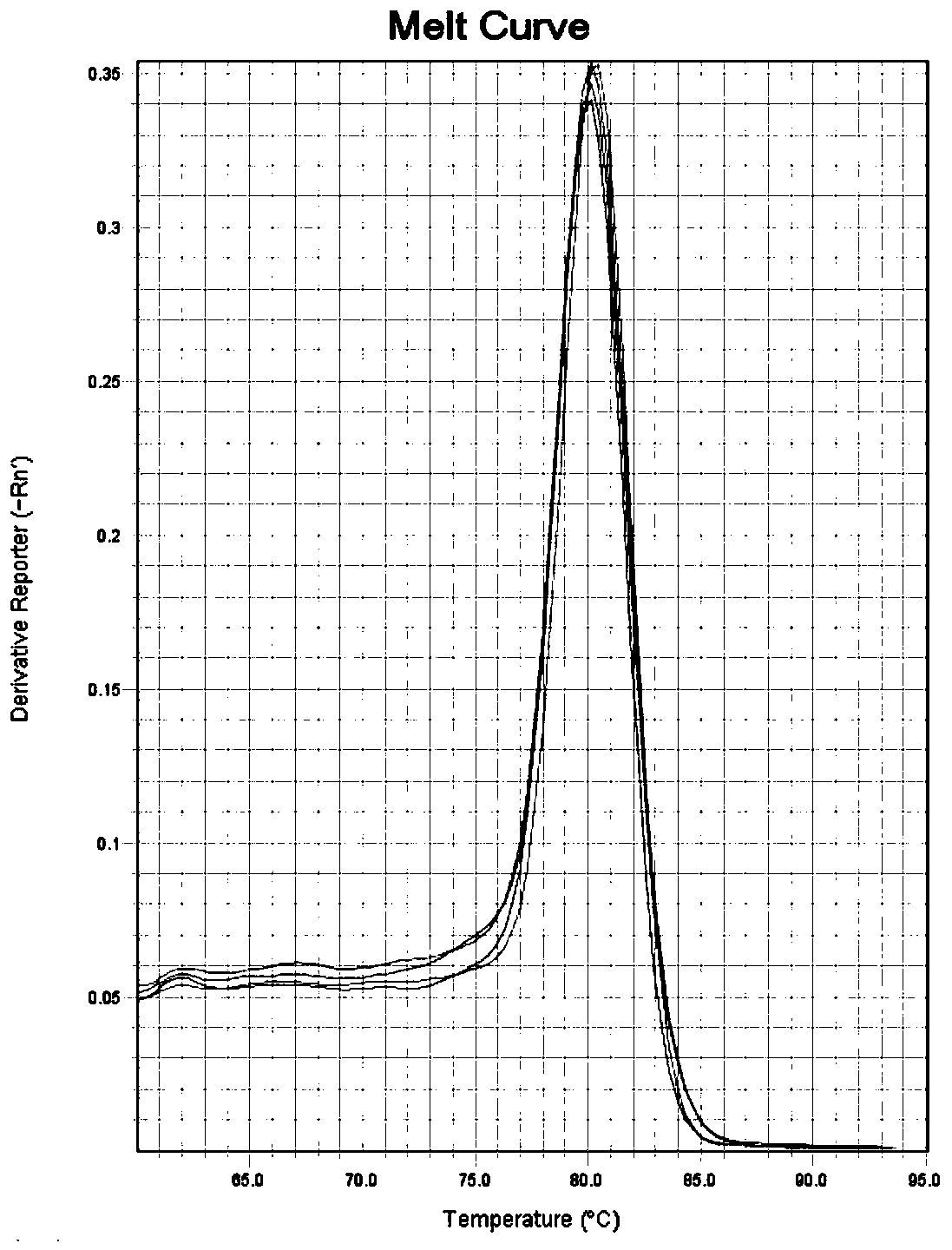Application of beckmannia syzigachne CYP704B1 gene
A technology of CYP704B1 and sagegrass, applied in the field of genetic engineering, can solve problems such as the difficulty of sagegrass management
- Summary
- Abstract
- Description
- Claims
- Application Information
AI Technical Summary
Problems solved by technology
Method used
Image
Examples
Embodiment 1
[0074] Example 1 Acquisition of CYP704B1 gene
[0075] The test selects sensitive population WC10-4 and resistant population WC10-10 collected from Jiangsu Province.
[0076] 1. Transcriptome sequencing
[0077] Select 3 samples of sensitive and drug-resistant Smilax 24 hours after treatment with methylsulfuron-methyl and 3 samples without treatment, and send them to the company for transcriptome sequencing.
[0078] 2. Acquisition of CYP704B1 gene
[0079] According to the transcript sequencing results, differentially expressed genes were screened, and the differentially expressed genes involved in the jasmonic acid signaling pathway could be determined through significant enrichment of pathways, and gene information and gene sequences were obtained from the sequencing results.
[0080] The nucleotide sequence of the CYP704B1 gene of Smilax chinensis is shown in SEQ ID NO:1.
Embodiment 2
[0081] The extraction of embodiment 2 total RNA
[0082] The test was collected from sensitive population WC10-4 and drug-resistant population WC10-10 in Jiangsu Province.
[0083] 1. Extraction of total RNA
[0084] Select 3 samples of Sensitive and drug-resistant Smilax 24 hours after treatment with Mesosulfuron-methyl and 3 samples without treatment, and extract total RNA respectively according to the instructions of the kit to obtain the corresponding total RNA solution.
[0085] 2. RNA agarose gel electrophoresis
[0086] Take 3uL total RNA solution, use 1% agarose gel for electrophoresis detection, the voltage is 160V, the electrophoresis time is 20min, and use gel imaging to scan. Such as figure 1 As shown, channel 1 from the left is Maker, channels 2 and 3 are both WC10-4; channels 4 and 5 are both WC10-10, and two clearly distinguishable main bands (28S and 18S) can be seen in ultraviolet detection, Indicates that the RNA is intact without degradation.
Embodiment 3
[0087] Example 3 Screening of primers for detection of CYP704B1 gene expression in Smilax
[0088] 1. Reverse transcription (synthesis of cDNA first strand)
[0089] (1) Prepare the reverse transcription system shown in Table 1:
[0090]Table 1
[0091]
[0092] (2) Carry out the reverse transcription reaction on the PCR instrument according to the following conditions:
[0093] 15min at 42°C, 5s at 85°C, and keep warm at 12°C.
[0094] (3) Dilute the product of (2) 3 times and set aside.
[0095] 2. Primer Design
[0096] (1) Obtain the gene sequence of CYP704B1 in Smilax chinensis by transcriptome sequencing.
[0097] (2) Design fluorescent quantitative PCR primers.
[0098] In step (2), use Oligo 7.0 software and Primer5.0 software to design primers. The designed primers are screened for specific primers at NCBI, and 3 pairs of primers are obtained after screening. The primer sequences, amplified fragment lengths and annealing temperatures are shown in Table 2:
...
PUM
 Login to View More
Login to View More Abstract
Description
Claims
Application Information
 Login to View More
Login to View More - R&D
- Intellectual Property
- Life Sciences
- Materials
- Tech Scout
- Unparalleled Data Quality
- Higher Quality Content
- 60% Fewer Hallucinations
Browse by: Latest US Patents, China's latest patents, Technical Efficacy Thesaurus, Application Domain, Technology Topic, Popular Technical Reports.
© 2025 PatSnap. All rights reserved.Legal|Privacy policy|Modern Slavery Act Transparency Statement|Sitemap|About US| Contact US: help@patsnap.com



